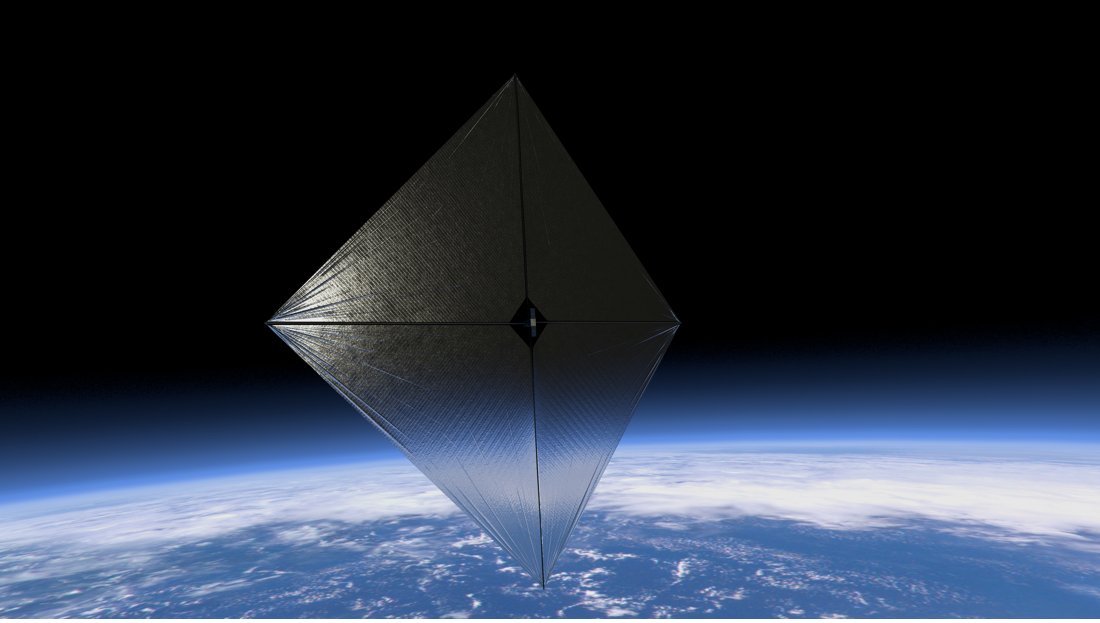Space exploration is driven by technology – sometimes literally in the case of propulsion technologies. Solar sails are one of those propulsion technologies that has been getting a lot of attention lately. They have some obvious advantages, such as not requiring fuel, and their ability to last almost indefinitely. But they have some disadvantages too, not the least of which is how difficult they are to deploy in space. Now, a team from NASA’s Langley Research Center has developed a novel time of composite boom that they believe can help solve that weakness of solar sails, and they have a technology demonstration mission coming up next year to prove it.
Continue reading “NASA is Testing out new Composite Materials for Building Lightweight Solar Sail Supports”NASA Tanks: Not Just Heavy Metal Any More

NASA’s future in fuels will see less heavy metal. Literally.
The agency just finished testing on a composite propellant tank that holds cryogenics, or super-chilled gases that are commonly used as rocket fuel (such as for the space shuttle). The agency brought the test tank down to -423 degrees Fahrenheit, put it through a few cycles and ramped up the internal pressure.
Composites are lighter material than the traditional metals that are used to hold these gases. NASA is excitedly throwing out descriptors such as “game-changing” when it talks about this, and has some reason to do so: composites are lighter than metals.
The light weight of composite tanks makes them lighter to lift off the ground. This reduces the costs of launch, which in turn reduces the overall cost of a mission. That will make penny-counters at the agency happier as the agency battles for funding dollars in fiscal 2014 and beyond.
The first of these tanks is likely to be used in the upper stage of NASA’s Space Launch System rocket, which is under development right now. That’s the rocket that’s supposed to send the Orion spacecraft (aiming for a 2014 test flight) into space in the latter years of this decade.
“The tank manufacturing process represents a number of industry breakthroughs, including automated fiber placement of oven-cured materials, fiber placement of an all-composite tank wall design that is leak-tight, and a tooling approach that eliminates heavy joints,” stated Dan Rivera, the Boeing cryogenic tank program manager at Marshall.
Boeing and NASA are now working on another composite tank that should be tested at Marshall later in 2013.
Source: NASA

